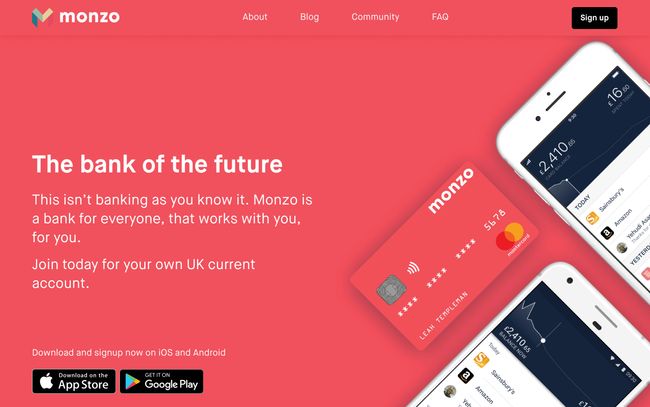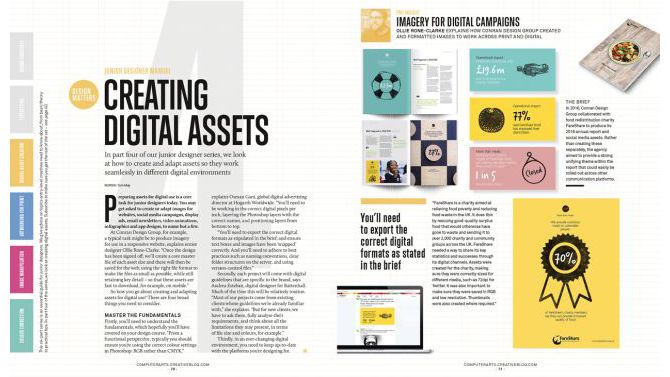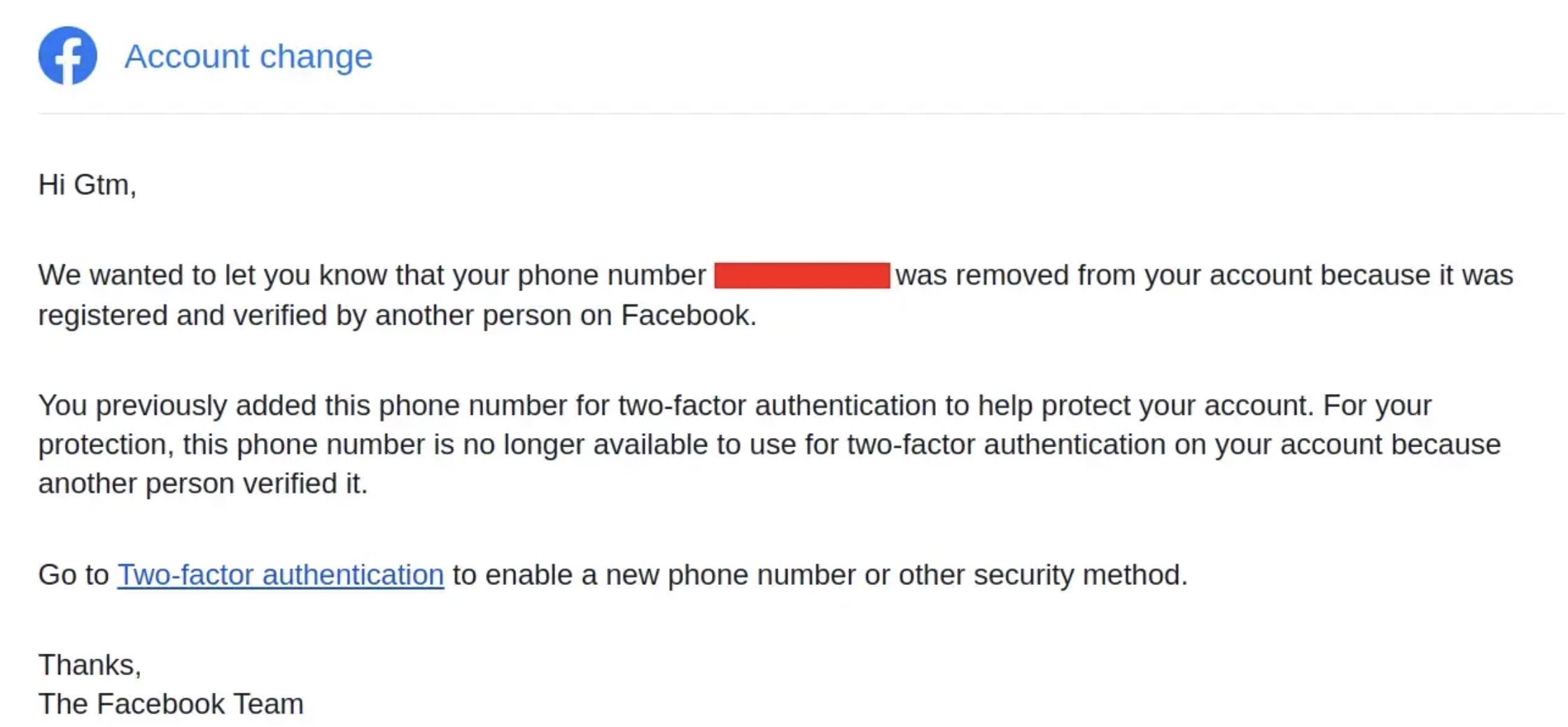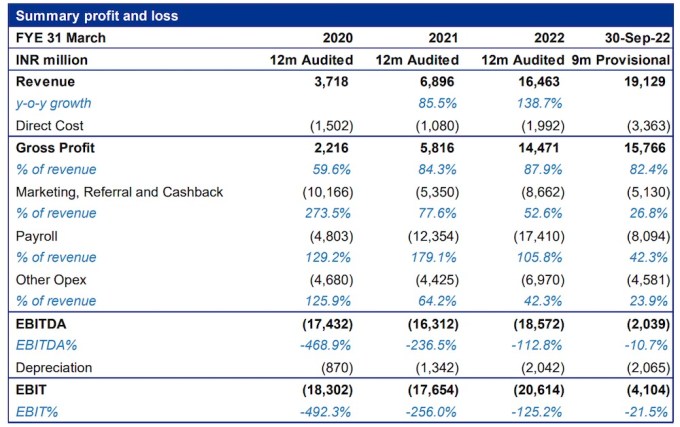With the economy teetering on recession, and sales of mobile phones and other consumer electronics slowing right down globally, a U.K. startup called Raylo that’s leaning into both of those themes has picked up £110 million ($136 million) to grow its business, offering consumers access to new gadgets by way of short-term leases.
The London-based company currently operates in the U.K. selling monthly subscriptions for phones, tablets and laptops, and it plans to use the funding both to expand that list to a wider range of gadgets like e-bikes, as well as to continue investing in its tech, which includes an AI-based platform to assess risk for each sale, recommendation tech, and a platform called “Raylo Pay” that is embedded by third-party merchants for Raylo to power leasing services for them.
The circular aspect of its sales model, the company said, is also the basis of another development at the business: Raylo said it now has “B Corp” status — which signifies that as a for-profit company, Raylo also is operating with a view to making “a material positive impact on society and the environment through their operations,” as laid out by the B Corp organization.
Notably, this funding is coming mainly in the form of debt, with a portion as equity, although CEO and co-founder Karl Gilbert would not disclose the exact amount. NatWest and Quilam Capital are providing that debt, with unnamed previous backers providing equity. (Existing investors include Telefonica, Guy Johnson of Carphone Warehouse fame, Octopus Ventures, Macquarie Capital and others.)
This is a significant injection of financing for Raylo: prior to now, it had raised only about £12 million in equity, including $11.5 million in 2021, and about £30 million in debt. Raising debt at the moment is significantly easier than equity-based for many startups that are generating cash: they are using the funding as they might a more traditional raise but without giving up a stake in the company, nor facing negative pressure on their valuations as a result of doing that.
“This round transforms our finance infrastructure so that we don’t need a lot of equity going forward,” Gilbert said, adding that the round “is designed for us to hit profitability.”
Raylo has been growing at a fast clip, with its subscriber base doubling in the last year and Gilbert noting it’s on track to double again this year, and Raylo Pay growing 10x in the last six months to a “£3 billion opportunity.”
The actual numbers of users and revenues are not being shared but it appears that the activity off Raylo’s platform is the big prospect: Gilbert describes his company not as an e-commerce platform, but a “fintech” because of the roles that Raylo Tech and the other technology play, and how all of that aligns the startup more closely with neo-banks and other financial services startups using personalization, AI and related tools to better target their services — which in turn are built not for acquiring goods as such, but for helping people to manage their money better.
All the same, as far as consumers are concerned, the crux of Raylo’s business, and what it is built on, is the idea that people want the latest gadgets — be they phones and laptops, or VR headsets and e-bikes — but most do not have the disposable income to buy outright all of the items they’d like to have. And so it’s created a platform to cater to this, offering shorter-term ownership of those gadgets for a lower price.
The per-month rate goes down depending on the length of the lease, but currently the cheapest models are leased at £7.31/month, tablets at £10.72 and laptops at £17.92. Gilbert tells us that while customers are given the possibility of buying the equipment, most do not.
The average loan is 19 months, from a stock pool that is typically 60% brand new and 40% certified refurbishments, Gilbert said. Very few opt to buy products at the termination of those leases.
“The proposition is designed for pure rental,” Gilbert added. Between 5-10% contact the company to keep merchandise for good, but “it’s rare that consumers want to own the product at the end.”
There are, and have been, a number of other players in the circular economy landscape. Some like Grover (which also focuses on gadgets and “leases”), BackMarket (refurbished gadgets), and Vinted (clothes) have scaled up over the years, with lots of funding, big valuations and many customers. Others like Lumoid have found it hard to get the right kind of traction to stick around.
In that context, Raylo is taking an interesting approach by focusing on its technology and services for third-party platforms.
“Renting” phones is not particularly a new concept: this is effectively what mobile carriers offering handset subsidies were doing for years when they “sold” phones on two-year plans with the idea being that in theory a user would trade it in or return it at the end of that contract.
That model has proven to be a challenging one for carriers, who in years past had the double whammy of analysts slamming them for carrying heavy sums on their balance sheets as handset subsidies, and consumers gravitating away from these to SIM-only plans to have more flexibility (and churn-ability) in the long run. Carriers however still may want to offer these options, which is where a company like Raylo can step in to provide both the lease and the management of that lease. (Notable that mobile behemoth Telefonica is one of the startup’s key backers.)
Needless to say, that model has cataclysmically backfired for some. A startup called Fair, heavily bankrolled by SoftBank, once took on Uber’s car leasing business when Uber found it to be too much of an operational and financial burden on its business. The logic was that an independent company could do a much better job managing and growing that business. Alas, it was not to be and Fair did not fare very well, either.
Gadgets are much, figuratively speaking, faster-moving — not to mention cheaper — than cars and so a business offering outsourced financing for gadget leases, as Raylo is doing, may well prove to have a better shot at success, meeting with a market of merchants that might not want to handle that kind of business themselves but have that option for customers who need it.
“We may have started with our own channel, but we see ourselves as a platform that enables others’ distribution of their brands,” Gilbert said. “It’s like a new category of BNPL, offering crucial affordability channels, not to mention helping with sustainability commitments, for those brands. from OEMs.”
The focus on sustainability motivating Raylo’s backers, it seems.
“We are delighted to have been able to support Raylo’s future growth ambitions with this new financing facility. The business’ commitment to changing the way consumer electronics are sold and enjoyed is extremely well aligned with NatWest’s ESG objectives and passion for innovation and disruptive technologies.” said Milena Sheahan, senior director at NatWest, in a statement. “Raylo are a progressive, forward thinking business, with a solid platform to positively influence consumer behaviour and attitude towards use of technology in the future. We are proud to have Rayo join us as a valued client within NatWest’s Speciality Finance customer franchise.”
Raylo raises $136M to build out its gadget lease-and-reuse ‘fintech’ platform by Ingrid Lunden originally published on TechCrunch
from https://ift.tt/KFRnp0y
via
Technews















